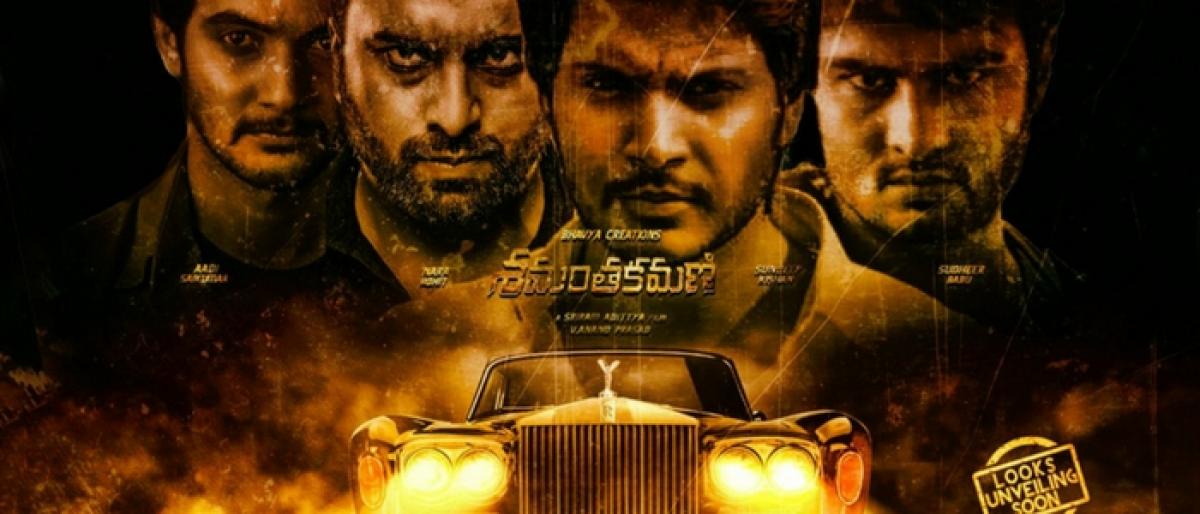Not just a faithful companion

Director CS Rao and writer Sadasiva Brahmam would not have thought that they were setting the tone and template for years to come, while they conceived the famous rickshaw race scene in NTR starrer ‘Sabhash Ramudu’ (1959).Not only was the race a hit with the audience, but the scene elevated the status of vehicles, which until then were used as mere props in movies.
Director CS Rao and writer Sadasiva Brahmam would not have thought that they were setting the tone and template for years to come, while they conceived the famous rickshaw race scene in NTR starrer ‘Sabhash Ramudu’ (1959).Not only was the race a hit with the audience, but the scene elevated the status of vehicles, which until then were used as mere props in movies.
The critical and commercial success of the movie changed the way in which vehicles were used in the film, vehicles were not just props they become companions. However, the next evolution for the vehicles in the movies took nearly three decades.
Writer-turned-director DV Narasaraju was reportedly in awe with Hollywood flick ‘Back in the Future’ (1985) and adapted the sci-fi movie into a drama. He toyed with the idea of making a car a key character and was successful in doing do. The 1986 release ‘Karu Diddina Kapuram’, as the title suggests has a car that sets right a family.
Although Narasaraju made the car inhabited by a ghost, he for the first time wrote a flesh and blood character for a motor vehicle. In 1995, director K Raghavendra Rao with ‘Gharana Bullodu’ fleshed out a character for a tonga.Throughout the movie, Nagarjuna refers the horse that draws the tonga as his brother and the horse and tonga has ample screen presence in the commercial pot boiler.
Iranian director Majid Majidi’s ‘Children of Heaven’ was a heavy influence, when Ramesh Varma conceived the story of ‘Ride’ (2009). Shoes in the Iranian film were replaced with a motorcycle in the Telugu film and the film has struck a chord with youth, particularly the lead’s love with the bike.
Ace director SS Rajamouli, took the act of fleshing out a character for vehicle and upped the ante with his film ‘Magadheera’ (2009). He named the horse of Ramcharan’s Kala Bhairava as Badshaah and as the tropes would have it, the faithful mount saves the life of the protagonist.
The director again in 2010, made cycle a key character in ‘Maryada Ramanna’ and roped in actor Ravi Teja to dub for it and it was a stupendous success. More recently, ‘Shamantakamani’ also revolves around a Rolls Royce of the same name, which changes the fortunes of protagonists for good. Over the course of nearly six decades, vehicles in Telugu cinema have evolved from mere props to faithful companions to flesh and blood characters. It remains to be seen what is more in the store.







